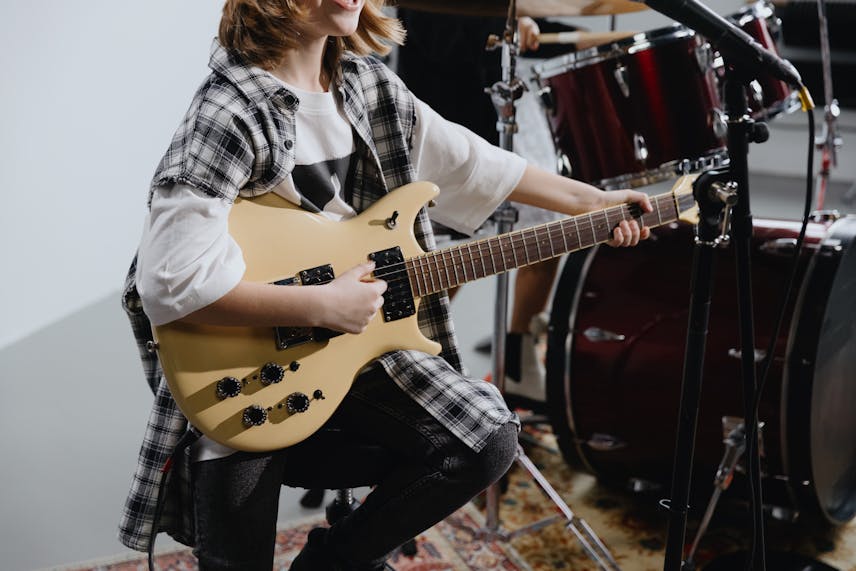Creating the perfect beat is essential in LOFI music, where drums play a pivotal role in setting the mood and rhythm. The subtle intricacies of drum patterns and sound selection can transport listeners to a state of relaxation and introspection. In this blog post, we delve into the art of crafting drums for LOFI music, exploring techniques, sound selection, and how to achieve that characteristic chill vibe.
Understanding LOFI Drum Essentials
The essence of LOFI drums lies in their laid-back, often off-kilter grooves that mimic the imperfections of old-school recordings. To achieve this, producers often rely on certain techniques:
- Sample Selection: The choice of drum samples is crucial. Vintage drum machines or sampled breaks from vinyl records are preferred for their warm, analog tones.
- Bitcrushing: Applying bitcrusher effects can degrade the sound quality, emulating the texture of vintage hardware samplers.
- Swing: Adding swing to the drum pattern can create a more humanized, less mechanical feel.
Choosing the Right Drum Samples
When it comes to drums for LOFI, the kick, snare, and hi-hat are the foundational elements. The kick should be soft yet present, often characterized by a subtle low-end thump. The snare, typically layered with a clap or rimshot, provides a crisp snap that contrasts with the kick. Hi-hats should be light and understated, often shuffled to enhance the groove.
Crafting Unique LOFI Drum Patterns
LOFI drum patterns don’t always adhere to conventional timing. Syncopation and loose timing help create the genre’s signature laid-back feel. Here’s how to approach rhythm programming:
- Offset Hits: Slightly delaying snare or hi-hat hits can add to the relaxed vibe.
- Variation: Introducing subtle variations in the pattern, such as ghost notes or changes in velocity, can add interest and a human touch.
- Layering: Combining different drum sounds can create a thicker, more textured beat.
Processing Drums for LOFI Aesthetics
Processing is key to achieving the LOFI sound. Techniques such as EQ, compression, and reverb are used to shape the drums:
- Low-pass Filtering: Rolling off the high frequencies can emulate the muffled sound of old recordings.
- Tape Saturation: Adding tape saturation can warm up the drums, giving them a vintage character.
- Room Reverb: Applying subtle room reverb can create a sense of space without overpowering the mix.
With these techniques in mind, let’s look at how to apply them practically.
Practical Tips for Producing LOFI Drums
Here’s a step-by-step guide to creating your LOFI drum track:
- Start with the Right Samples: Choose kick, snare, and hi-hat sounds that have a vintage feel.
- Program Your Beat: Begin with a simple pattern, then introduce swing and subtle variations.
- Process Your Drums: Apply EQ, bitcrushing, tape saturation, and reverb to taste.
- Mix for Balance: Ensure each drum element sits well in the mix, with the kick and snare taking prominence.
LOFI Drums in Modern Productions
While LOFI music often references the past, modern producers are finding innovative ways to incorporate these techniques into contemporary productions. By blending classic drum sounds with modern synthesis and processing, a new hybrid style emerges, expanding the boundaries of the genre.
In summary, the art of creating drums for LOFI music is about embracing imperfection and nostalgia. Through careful sample selection, rhythm programming, and processing, producers can evoke emotions and create a timeless sound that resonates with listeners.
Remember to experiment and let your creative instincts guide you. The beauty of LOFI lies in its simplicity and the personal touch that each producer brings to the table.



